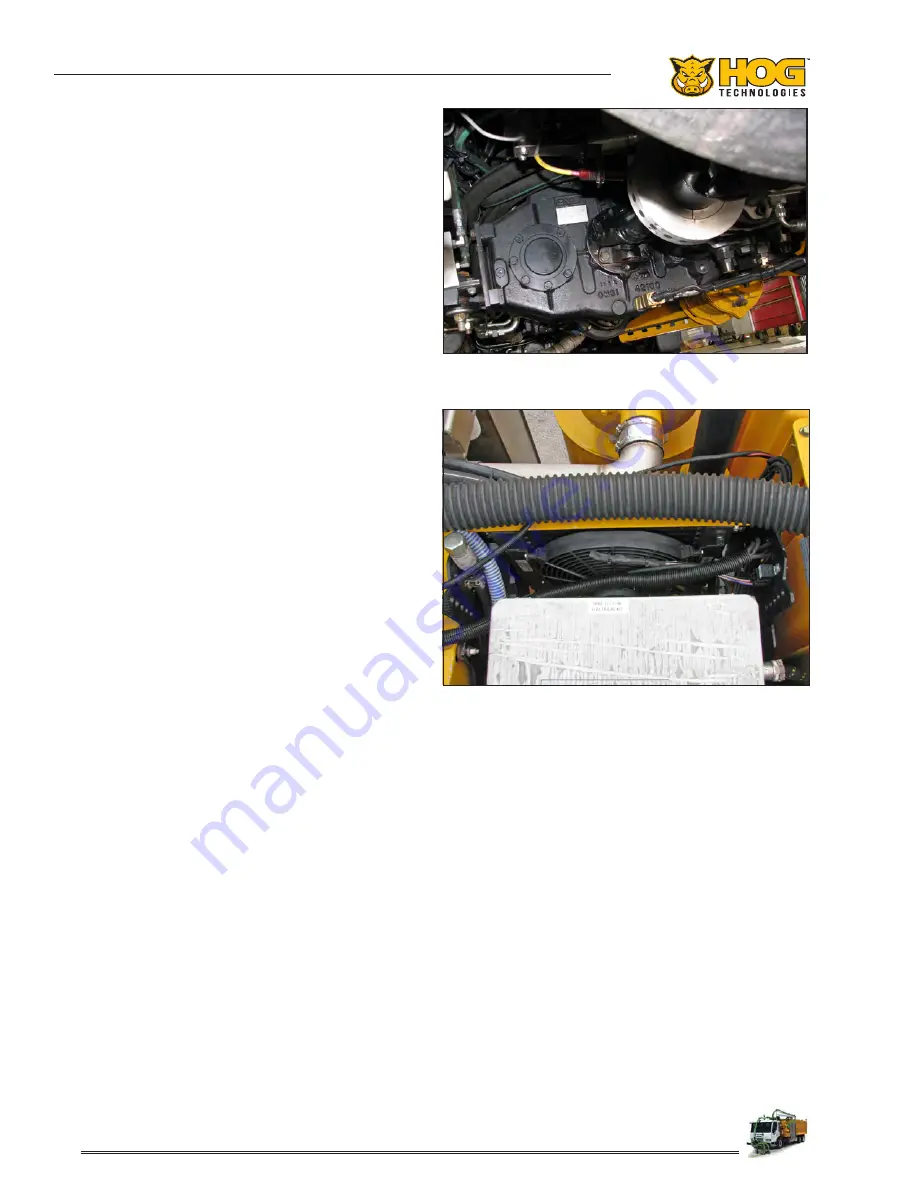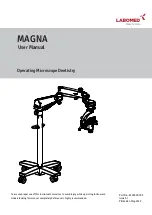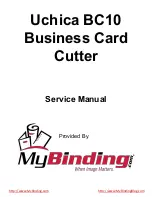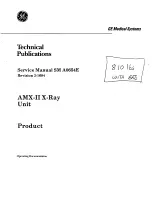
66
66
Section 2 - Stripe Hog Systems
immediately and before operating the unit. A more
thorough inspection of the pump and components
should be conducted at each routine service inter-
val. Remember that the hydraulic system can be
severely damaged if it runs low on fluid.
Protect the hoses from contact with sharp objects
or kinks. Never operate the hydraulic system with
a damaged hose or a hose that is questionable.
2.13 Hydrostatic Drive Hydraulic System
The Hydrostatic Drive pump is bolted to the OMSI
gearbox. It is powered by the truck engine and
primary drive shaft connecting transmission to
the OMSI drive.
The hydrostatic drive system is activated by the
PTO switch on the control panel and controlled
by the FWD/REV switch and TRUCK SPEED dial.
A swash plate controlled by the FWD/REV switch
and the TRUCK SPEED dial in the control panel
directs fluid flow and pressure output from the
pump, setting the speed and direction of the hy-
drostatic drive motor. The hydrostatic drive system
is a closed loop system that is completely isolated
from the waterblasting hydraulic system.
Hydraulic fluid is provided by the hydraulic sys
-
tem reservoir/cooling tank. A circulation pump
and a dedicated heat exchanger with cooling
fans provide continuous cooling for the hydraulic
fluid during operation. Electric solenoid valves,
activated by the FWD/REV switch and TRUCK
SPEED dial control the fluid flow in the system.
An in-line “Spin On” filter cartridge protects the
system from debris. A pressure gauge near the
filter alerts the operator when the filter is dirty
and requires changing.
2.14 Fluid Cooler Placement
The SH7500 is equipped with coolers for the en-
gine, transmission, drive train components and
hydraulic system. The coolers are located in front
of the radiator in the engine compartment, in
several locations on the chassis, behind the cab
near the high pressure pump, and on top of the
hydraulic fluid Reservoir.
The compact size of the SH7500 makes it great for
small or large jobs. It is also easy transport from
job to job and very efficient. Because the unit is
so compact, special consideration must be made
Waterblasting Hydraulic Fluid Heat Exchanger
in its design to remove heat from the waterblast-
ing and power systems. This is accomplished by
specially designed heat exchangers.
The following are the most common heat
exchangers and their function:
Engine Coolant Heat Exchanger (some models)
A rectangular shaped, plate style cooler located
behind the front bumper. Cool water from the
clean water tank is circulated through the heat
exchanger to cool the engine coolant during
operation.
Hydraulic Fluid Cooler
A heat exchanger located behind the UHP pump.
It is equipped with a fan that will run constantly
whenever the hydraulic system is activated.
Typical Omsi Drive
Summary of Contents for STRIPE SH7500
Page 1: ...75 H Operations Manual...
Page 2: ......
Page 72: ...72 NOTES...
Page 108: ...108 NOTES...
Page 161: ...161 Section 5 Scheduled Maintenance...
Page 167: ...167 Appendix 2 Tools Spare Parts...
Page 168: ...168 Appendix 2 Tools Spare Parts...
Page 169: ...169 Appendix 3 Daily Report Pre Op Checklist 1 877 HOG ROAD WWW STRIPEHOGSUPPORT COM 60...
Page 178: ...178 NOTES...
Page 185: ......
Page 186: ......
















































